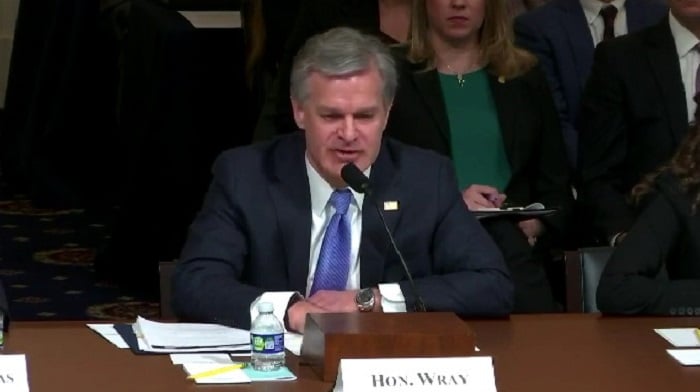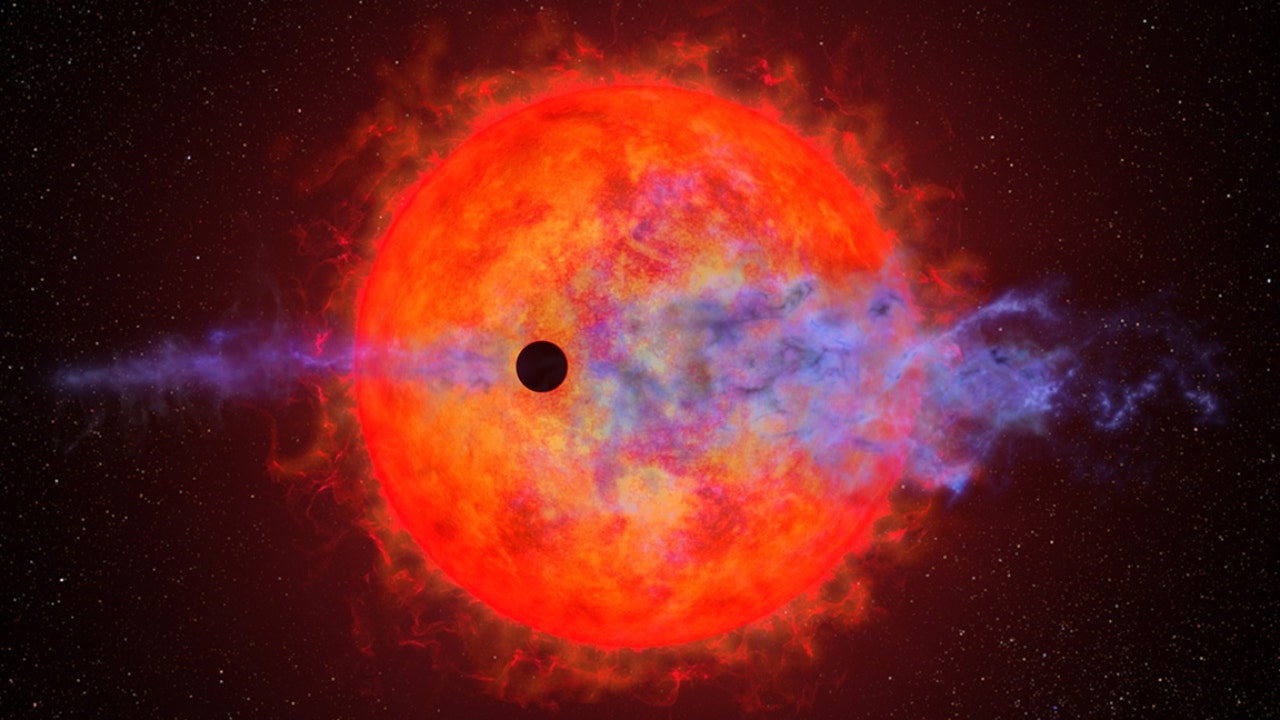New prefixes in the International System of Units could be confirmed on Friday, ushering in ronto and quecto for tiny numbers and ronna and quetta for very large numbers, like the amount of data on internet servers
Physics
17 November 2022
So much data is produced on the internet that we are running out of words to describe the magnitude Erik Isakson Photographics/Digital Vision/Getty Images
New prefixes for the world’s largest and smallest numbers could be confirmed by a vote at the General Conference on Weights and Measures (CGPM) in Versailles, France, on Friday. The suggested prefixes are ronna and quetta for very large numbers and ronto and quecto for very small ones.
The International System of Units (SI) is a standard, agreed on by most scientists, that underpins every measurement. As well as defining things like the kilogram and the metre, it sets how very large and small numbers should be named.
The last expansion to this naming scheme was in 1991, when numbers with 21 or 24 zeros were given the prefixes zetta (1021) and yotta (1024) for the very large and zepto (10-21) and yocto (10-24) for the very small. There were few reasons to use them at the time, but the growing amount of data generated by the internet makes them more useful now – the amount of information is projected to hit 175 zettabytes by 2025.
“There’s already been quite a bit of speculation in the popular media about what could come above a yottabyte,” says Richard Brown at the National Physical Laboratory, the UK’s measurement standards centre.
For instance, brontobyte has been informally used by some to describe 1027 bytes, while Google’s unit converter has long changed 1027 bytes into a hellabyte. But these don’t fit with the SI naming scheme, which already uses the letters “b” and “h” for prefixes, says Brown, so adopting a standard now will ensure that alternative prefixes don’t get too deeply embedded in the scientific literature.
Brown has helped draft a proposal that the CGPM member states will have a chance to object to on Friday. If there are no objections, then the two new prefixes for numbers with 27 and 30 zeros will, respectively, be ronna and quetta for large numbers, and ronto and quecto for small numbers.
Although they will become SI units with immediate effect, it might take a while for scientists to adopt them in their work.
Some scientists are sceptical of whether they will be helpful at all. “We tend to define our own units, which are just useful in terms of the things we are actually looking at,” says astronomer Mike Merrifield at the University of Nottingham, UK.
Brown suggests that ronto and quecto could have uses in radio astronomy, such as for measuring the very weak strength of the cosmic microwave background, radiation left over from the big bang, but astronomers already frequently use the non-SI jansky for this, says Merrifield.
However, the benefits for science communication are clear, says Brown. “You’re going to be able to communicate what you mean a lot better if you use these standardised approaches.”
While the names may seem random, they adhere to tight guidelines, says Brown. “R” and “q” were the only letters left in the English alphabet that hadn’t been used by other prefixes, the middle of the words were loosely translated from how many times you need to multiply 1000 by in Latin to get to them, and the endings were because large prefixes always end in “a”, while small prefixes finish in “o”.
As for when we might see even larger or smaller prefixes, Brown thinks we will be waiting at least 25 years. “It’s very difficult to predict the future, but I suspect that this will certainly see me out, I imagine, for my retirement and longer.”
More on these topics:



























































